Dog Bite Prevention Week: When It Is & How It’s Celebrated

Updated on
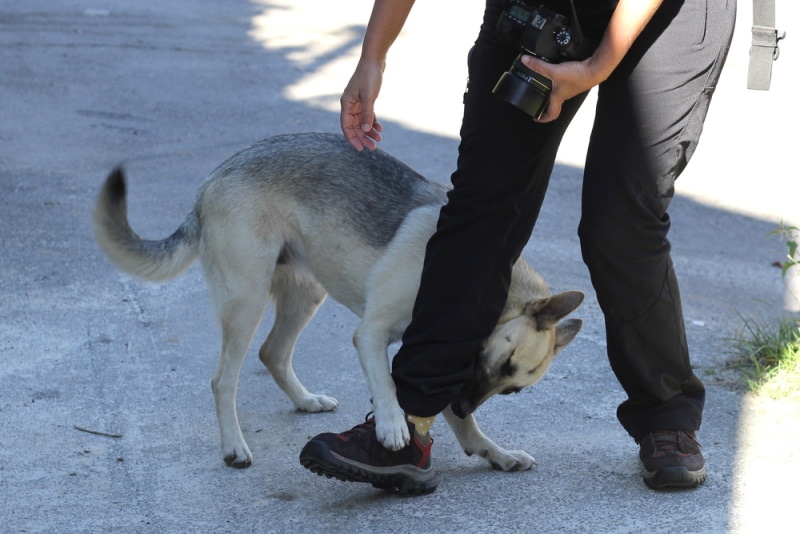
More than 4 million adults and children are bitten by dogs every year in the United States, and over 800,000 require medical attention for dog bites according to the CDC. National Dog Bite Prevention Week is the second full week of April and is sponsored by the American Veterinary Medical Association so that everyday people can learn about the different ways that they can help create safe environments for themselves and for dogs to prevent bites from happening in the first place. But what is Dog Bite Prevention Week, when is it, and how is it celebrated? Let’s learn more in this article.
What Is Dog Bite Prevention Week?
National Dog Bite Prevention Week takes place during the second full week of April every year. Its purpose is to educate people on how to prevent dog bites. In 2023 it will run April 9th through the 15th.
The event was started by the American Veterinary Medical Association (AVMA) in 1989 and is now recognized in over 40 countries around the world. Essentially, the goal of Dog Bite Prevention Week is really to help people understand the causes of dog bites, how to avoid them, and how to react if a bite does occur.
The main message of Dog Bite Prevention Week is that dog bites can be prevented by following a few simple steps. These steps include understanding that dogs are animals, not toys, learning how to read a dog’s body language, teaching children to be respectful and gentle around dogs, and providing ample exercise and mental stimulation to keep dogs from becoming bored and frustrated. By following these steps, experts believe that we can all help reduce the number of dog bites.

Ways to Raise Awareness During Dog Bite Prevention Week
Learn the Most Common Causes of Dog Bites
There are a variety of factors that can lead to a dog bite. While some dogs may be more aggressive than others, all dogs are capable of biting if they feel threatened or provoked – even the kindest and gentleness of pups. Common causes of dog bites include fear, territoriality, pain, possessiveness, and a lack of socialization.
Fear
Unsurprisingly, fear is the most common cause of dog bites. Dogs may bite out of fear if they are startled, feel threatened, or aren’t used to being around people. So though it may seem funny to come up behind your dog and scare it for a laugh, behavior such as this generally isn’t considered a good idea.
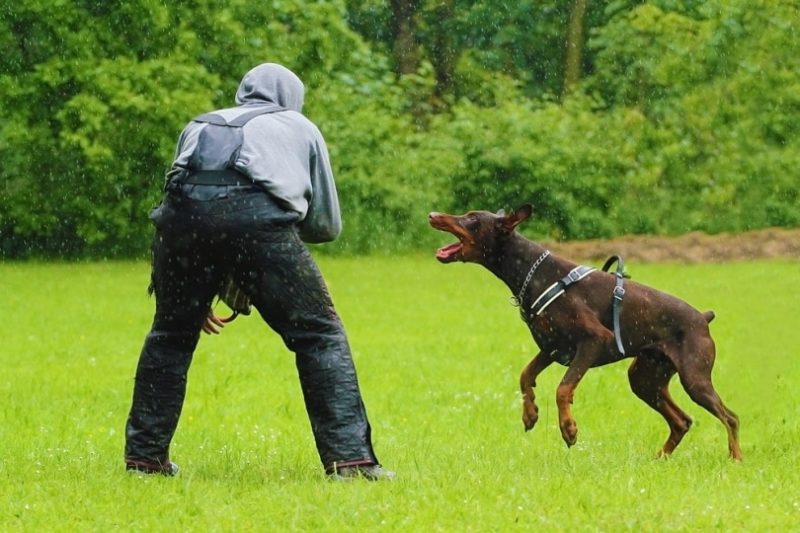
Territoriality
Territoriality is another common cause of dog bites. Dogs may become territorial if they feel their space is being invaded or their resources are being threatened. This may include reaching for your dog’s bowl while it’s in the middle of a meal, or someone making physical contact with the dog’s owner that it isn’t familiar with.
Bodily Injury or Pain
Pain is another cause of dog bites. If a dog is injured or in pain, it may bite in order to protect itself. Remember that dogs are animals that act on instinct, just like any other animal. So if they’re touched, poked, or prodded in a way that makes them feel like they are being harmed, they may strike out with a bite as retaliation. This is why you may find your dog trying to nip at the groomer or veterinarian. Socialization and training can help minimize this.
Lack of Socialization & Training
Finally, a lack of socialization can lead to a dog bite. Dogs that are not properly socialized may be fearful of people or unfamiliar situations, which can lead to biting. If your dog isn’t used to being around strangers or other dogs, it may become very aggressive due to natural fear instincts.
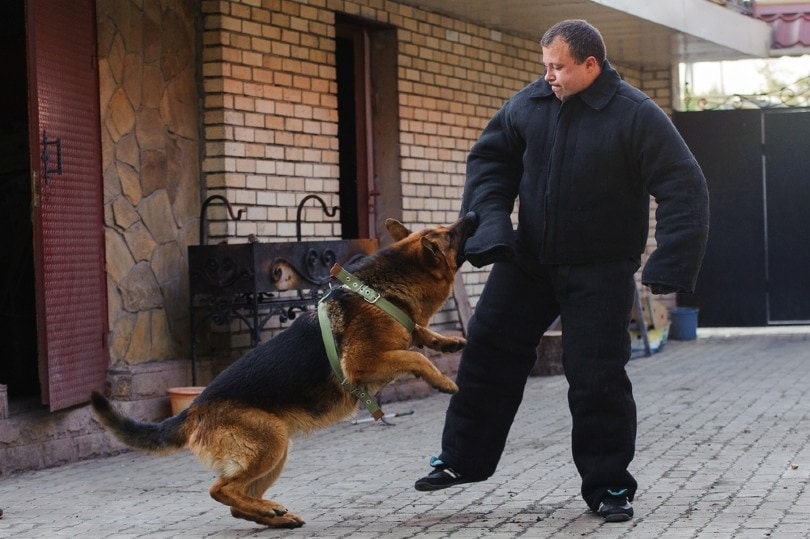
Learn How to Prevent Dog Bites
The best way to prevent dog bites is to understand the causes of them and take steps to avoid them. Here are some tips to help you keep your dog safe and prevent any potential bites:
- Be aware of a dog’s body language and look for signs of aggression.
- Never approach a strange dog without permission.
- Never leave small children unattended with a dog.
- Never disturb a dog that is eating, sleeping, or caring for puppies.
- Provide your dog with plenty of exercise and mental stimulation (Note: some breeds need less than others).
- Spay or neuter your dog to reduce aggression.
- Teach children to be respectful and gentle around all dogs.
- Never tease or torment a dog, even in play.
- Have your dog wear a muzzle if necessary.
By following these steps and understanding the causes of dog bites, you can help keep your dog safe and reduce the risk of a bite occurring.
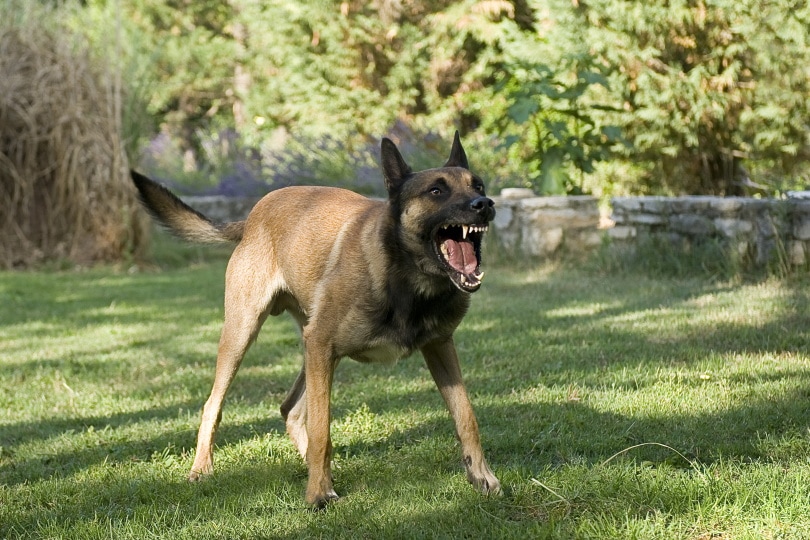
Train Your Dog Not to Bite
Training your dog to not bite is an important part of dog bite prevention. Here are some tips to help you train your dog to be less aggressive:
- Provide your dog with positive reinforcement: Reward your pooch with treats and praise when it displays non-biting behavior.
- Establish rules and boundaries: Make sure your dog knows what behaviors are acceptable and what behaviors are not.
- Avoid punishment: Punishment can make your dog more likely to bite out of fear or frustration.
- Teach your dog to respond to commands: Teach your pup basic commands like “Sit”, “Stray”, and “Come” to help it understand what is expected of it.
- Use distraction techniques: If your dog begins to display aggressive behavior, distract it with a toy or treat to redirect its focus.
Note that it’s always best to socialize and train your dog when it’s a puppy (6-8 weeks is a good time to start), instead of waiting to do it when it’s an adult and more inclined to give in to its natural canine instincts.
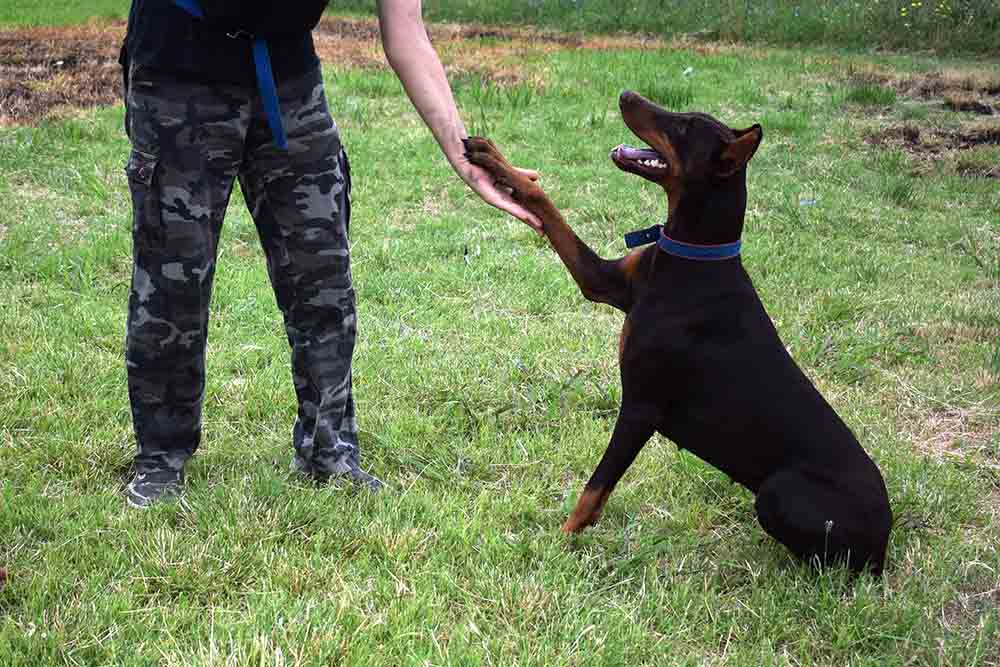
Teach Kids about Dog Bite Prevention
Teaching children how to interact safely with dogs is also an integral part of dog bite prevention. Children are more likely to be bravely injured from a dog bite, due to their small size. They also may be too young to understand the warning signs if the dog is irritated and/or about to attack. So, it’s best to teach your children about down by prevention, even if you don’t have a dog at home.
Here are some things to teach kids about dog bite prevention:
- Be respectful and gentle around all dogs.
- Ask a dog’s owner for permission before petting it.
- Never approach a strange dog.
- Avoid making loud noises or sudden movements around dogs.
- Never take a dog’s food, toys, or treats.
- Never tease or torment a dog, even in play.
- Never try to break up a fight between two dogs.
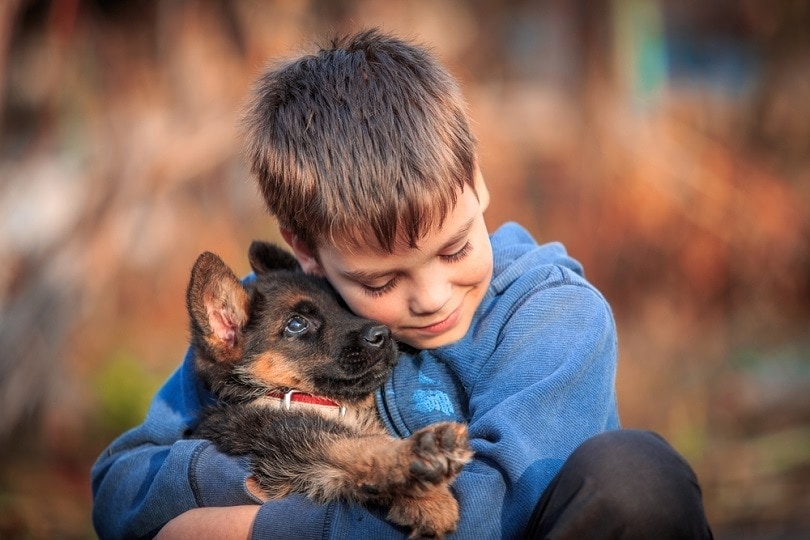
Learn the Signs of Fear and Anxiety in Dogs
It helps to be aware of the signs of fear and anxiety in dogs, as these can lead to biting. Common signs of fear and anxiety in dogs include panting, trembling, cowering, hiding, and avoiding eye contact. If you notice any of these signs in your dog, be sure to take steps to help it feel safe and secure.
This can include providing a quiet, comfortable place to rest, providing plenty of exercise and mental stimulation, and avoiding any situations that may make your dog feel scared or anxious. If you had your dog as a young pup, you may be familiar with these signs. But if you have an adult adopted dog or a rescue, it may take some time to learn its triggers and responses. Being aware of the dog’s signs of anxiety is the first step to bite prevention.
What to Do if You See a Dog Acting Aggressively
If you see a dog acting aggressively, it’s crucial to take the following steps:
- Remain calm. Do not make sudden movements or loud noises.
- Avoid eye contact with the dog.
- Slowly back away from the dog and give it space.
- If it’s on a leash, do not attempt to grab the leash or restrain the dog.
- If the dog is off leash, call for help from a nearby adult.
- If it’s approaching you, stay still and avoid making any sudden movements.
If you’re just out in public, you may randomly come across an unleashed aggressive dog. Staying calm and slowly backing away from the dog is the best way to avoid being bitten. And don’t be afraid to hop on top of an object (like a tree, car, or other surface) to get out of the dog’s reach.
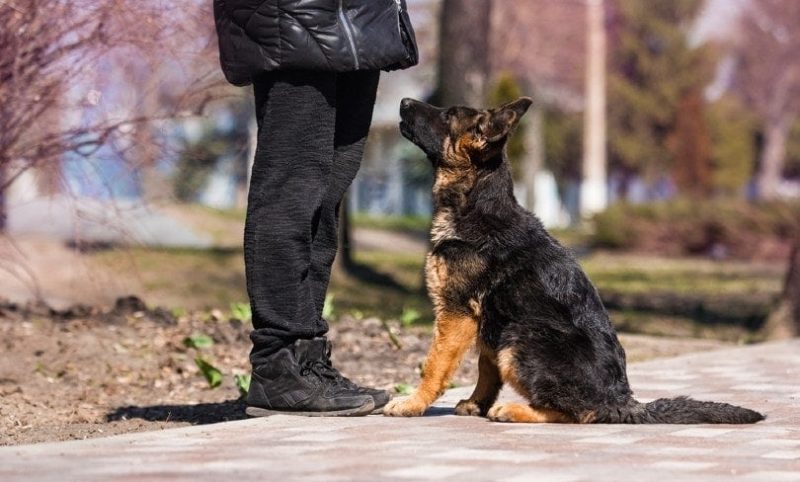
Choosing the Right Dog for Your Family
Choosing a dog that’s well-suited to your lifestyle and environment can also play a part in bite prevention. Consider the size, activity level, and temperament of the dog before making your decision. And if you have a rescue or adoptee, it’s also beneficial to find a dog that has been properly socialized and has had positive experiences with people. A well-socialized dog is less likely to bite out of fear or anxiety.
Working with Professional Dog Trainers
Working with a professional dog trainer can be an invaluable tool in preventing dog bites. A professional dog trainer can help you identify any potential triggers for biting and provide guidance on how to prevent them. They can also help you teach your dog basic commands and provide tips on how to keep your dog safe and comfortable in unfamiliar situations.
Wrapping Things Up
Dog Bite Prevention Week seeks to raise awareness for preventing dog bites. By understanding the causes of dog bites and taking steps to prevent them, the public can work together to create a safe and harmonious environment for our canine companions. From teaching children to be respectful and gentle around dogs to properly socializing your dog and ensuring that it’s mentally stimulated during this week and all throughout the year, there are a variety of steps you can take to help reduce the risk of a bite occurring.
See Also:
- Veterinary Technician Week 2023: When & How to Celebrate
- Be Kind to Animals Week 2023: When It Is & How to Celebrate
Featured Image Credit by: Patri Sierra, Shutterstock












